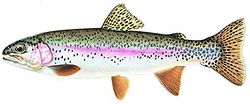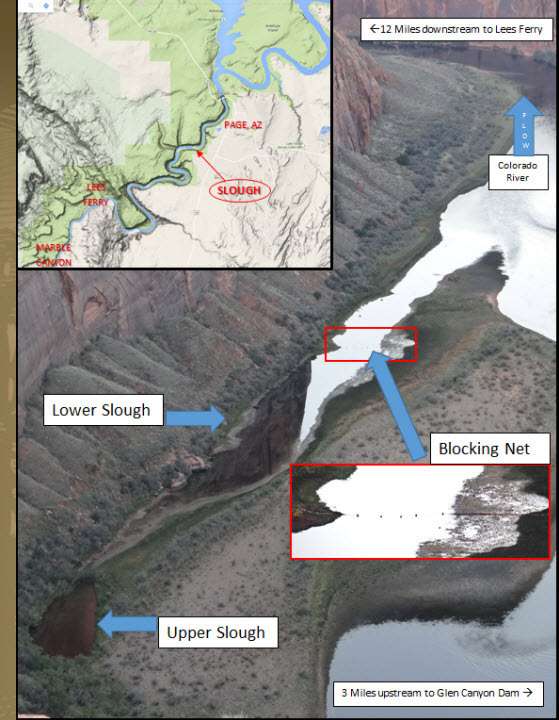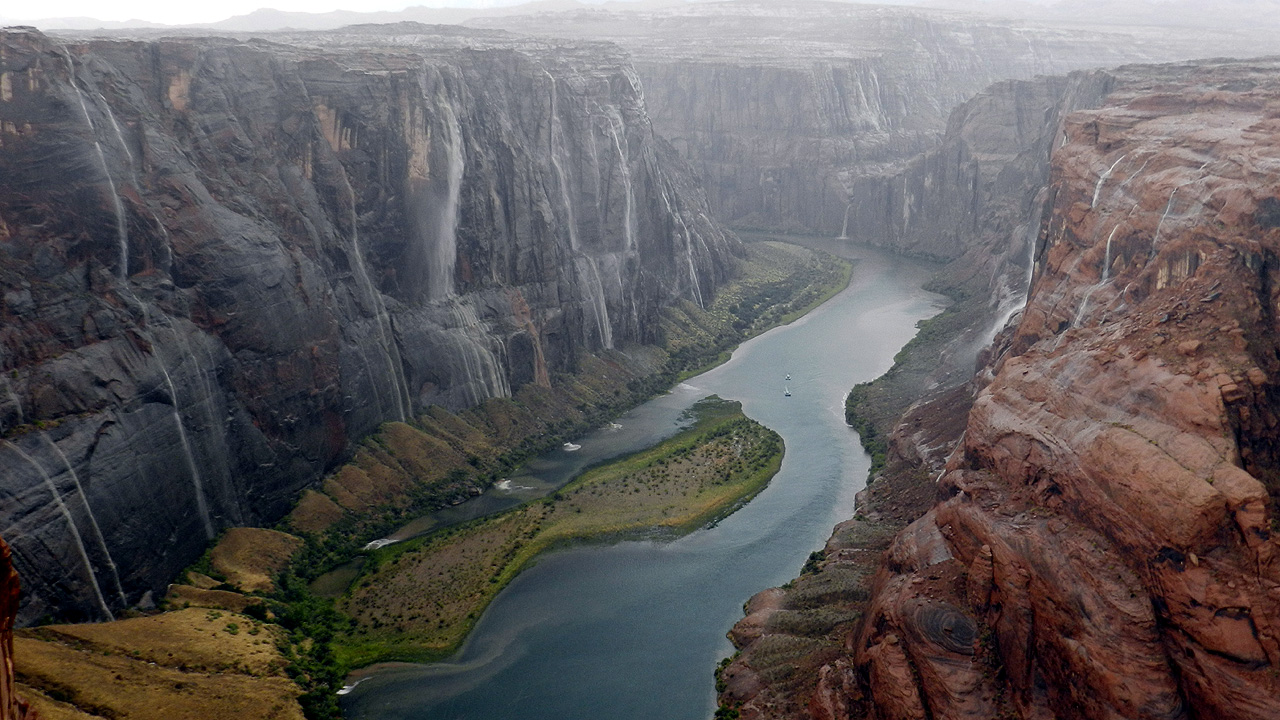Difference between revisions of "Green Sunfish Page"
Cellsworth (Talk | contribs) |
Cellsworth (Talk | contribs) |
||
| Line 76: | Line 76: | ||
---- | ---- | ||
| − | NPS reported today the results of a survey they did last Friday | + | NPS reported today the results of a survey they did last Friday to follow up on a report earlier this month from AZGF that there may be green sunfish again in the Upper Slough in Glen Canyon. If you recall, an infestation of green sunfish in this slough was why an HFE was not held in the fall last year. NPS reported today: "Two Grand Canyon National Park technicians made a quick sample in the Upper Slough with a backpack electrofisher on Friday (August 12). Due to a river emergency downstream, they had limited time on site, but completed one sample (574 seconds) along the muddy shore on the river side of the slough. They captured 26 green sunfish and saw many more. Some captured green sunfish were in the 20 mm size range. A block net is still installed between the sloughs, but is compromised at current flows." NPS, Reclamation, USFWS, AZGF, and GCMRC are organizing to come up with both a short-term plan that addresses this latest infestation and to come up with a long-term fix for this problem. The hope is to have this addressed in some fashion before the end of the current HFE window as to not interfere with the possibility of conducting an HFE this fall. (8/16/16) |
==2015== | ==2015== | ||
Revision as of 16:28, 20 September 2016
|
Green Sunfish (Lepomis cyanellus)Description: Native to the Great Lakes, Hudson Bay and the Mississippi River basin. Introduced into Arizona in 1926. Large mouth with blue-green striations on the cheeks. Opercle flap is black with reddish or orange border. Bodies olive-green in color, dark vertical bars are faintly seen on sides. Pectoral fin short and rounded. Caudal fin and lower fin margins are white or yellowish with dusky spots at rear of dorsal and anal fins. Length: 3 to 12 inches. Weight: 3 ounces to 1 pound 8 ounces. May live to nine years. Location and Habitat: Found in most warm water lakes and streams in Arizona and even in a few trout lakes in the White Mountains and Mogollon Rim. Prefer lakes with rocky substrate and piles of rubble, but can be found around brushy banks and cliffs. Reproduction: Males build nests in shallow pools over gravel, sand or bedrock. The nests are usually within a couple feet of each other. The male guards the nest and hatched fry. Males constantly show defensive displays and fight with other males who come too close. Food: Green sunfish will eat anything they can catch and swallow. Aquatic and terrestrial insects and invertebrates are the most common food items. Small crayfish, fish and frogs are all in danger when green sunfish are present. Angling: Because of their highly predaceous and pugnacious nature they are one of the easiest fish to catch. They are always hungry and readily bite on small worms and insects. They readily take small jigs, spinners and spoons, as well as nymphs and small streamers. Green sunfish are great for teaching kids how to fish. |
 Rainbow Trout |
 Fish Species of the Colorado River in Lower Glen Canyon and Grand Canyon |
 Brown Trout |
|---|
|
|


